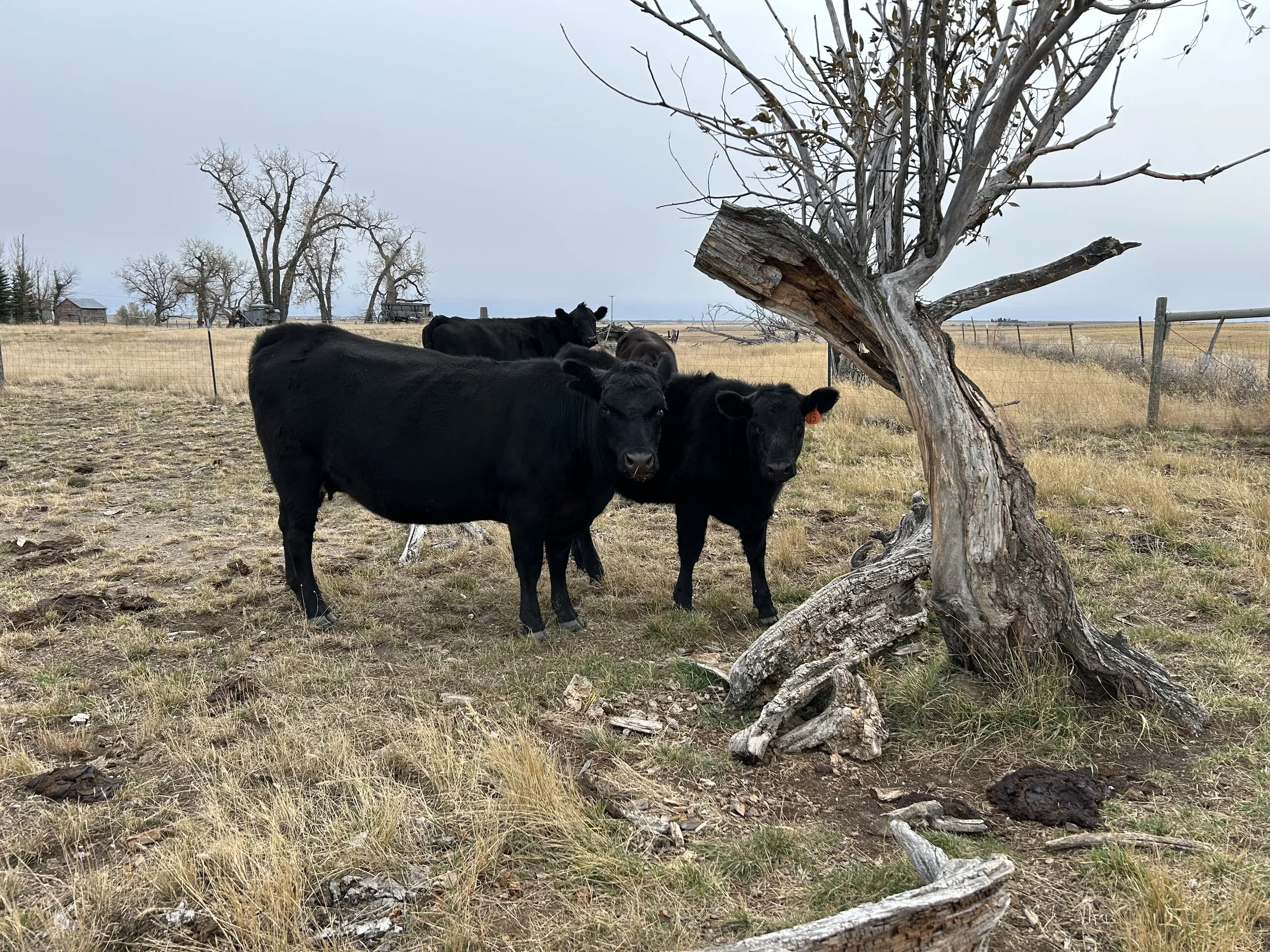Connie and a Paradigm Shift
Long ago, I had the opportunity to intern for Doc and Connie Hatfield on their cattle ranch near Brothers, Oregon.
My internship didn’t always go well, mostly because I was young and dumb and slow.
I remember the moment I realized that.
We were sorting calves.
I managed to be in the gate at precisely the wrong time, turning calves the wrong direction time after time.
The sound of sucking breaths grew louder as Doc and Connie tried to refrain from yelling at me, but their scowls painted the picture.
Finally, I took myself out of the corral.
While I sat on the fence, sorting went much smoother.
I had lots of chances to learn from my mistakes that summer, but I internalized a bit of Connie’s philosophy, too.
The Hatfields designed and operated the first natural grassfed beef marketing cooperative in Oregon -- Oregon Natural Beef.
They provided beef for grocery stores throughout the state and eventually expanded to other states.
All because Connie organized fiercely independent cattle producers from her kitchen table.
Connie started with a paradigm shift that became mine.
At the time, the commodity cattle production system included cow-calf producers who sold their weaned calves to feedlots in the fall.
Those calves grew until they were sold to large slaughterhouses, then killed and boxed for shipment to grocery stores and restaurants.
Connie wanted to cut out the middleman and keep those profits on the ranch.
She made an appointment with a grocery store manager to ask him what he needed.
He was busy that day.
She waited outside his office.
Hours later, he was ready to talk.
She went home with a to-do list – consistent product sizes, safety requirements, year-round regular deliveries and more.
She also went home with the grocery manager’s respect.
No cattle producer had ever asked him what he needed so he could provide what his customers wanted.
Doc and Connie did not raise enough beef to supply that grocery so Connie recruited her neighbors.
Then she scheduled processing for the next year with a small USDA-inspected plant.
The cooperative’s grassfed beef was new and different so Connie scheduled sampling booths in grocery stores.
Instead of selling what she had, Connie turned her product into what consumers wanted.
Connie often hurt my feelings during that long ago summer, but I knew she was right about offering what people want instead of attempting to sell whatever I have.
I’ve been asking my beef and lamb customers what they want for more than 20 years.
First, they wanted quarters, halves and whole beef that included steaks ground beef and roasts.
Many customers loved roast beef but did not know how to cook roasts.
They wanted steaks and ground beef so I started selling individual cuts.
But I was left with a freezer full of roasts.
Like Connie, I decided to offer what my customers asked for: ready-to-eat meals with roasts.
Like Connie, I asked a lot of people how to do this.
It turns out that the food manufacturing industry is similar to the commodity beef industry, with conventional methods designed for efficient mass production.
They pump out 200,000 packages of safe, edible, boxed or canned stuff to fill our bellies every day.
Some of that stuff does not look pretty or taste particularly good so they add extra stuff to improve the texture, color, flavor and shelf life.
My customers want good food that contains only ingredients that we can pronounce.
Eventually, I found a couple of experienced people who are helping me navigate efficient, small scale, good food production.
I have a lot of work to do, but my first pouches should roll off the line by mid-February.
Thanks to Connie.
